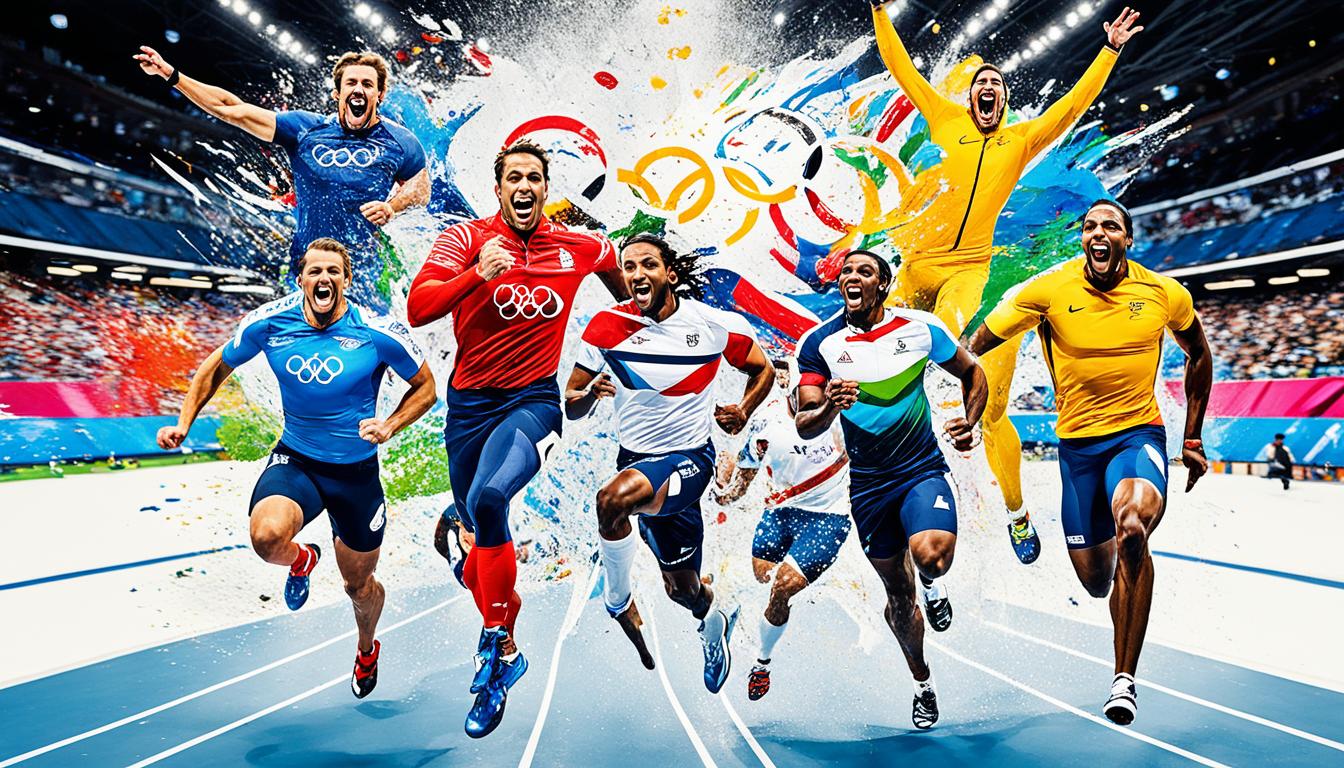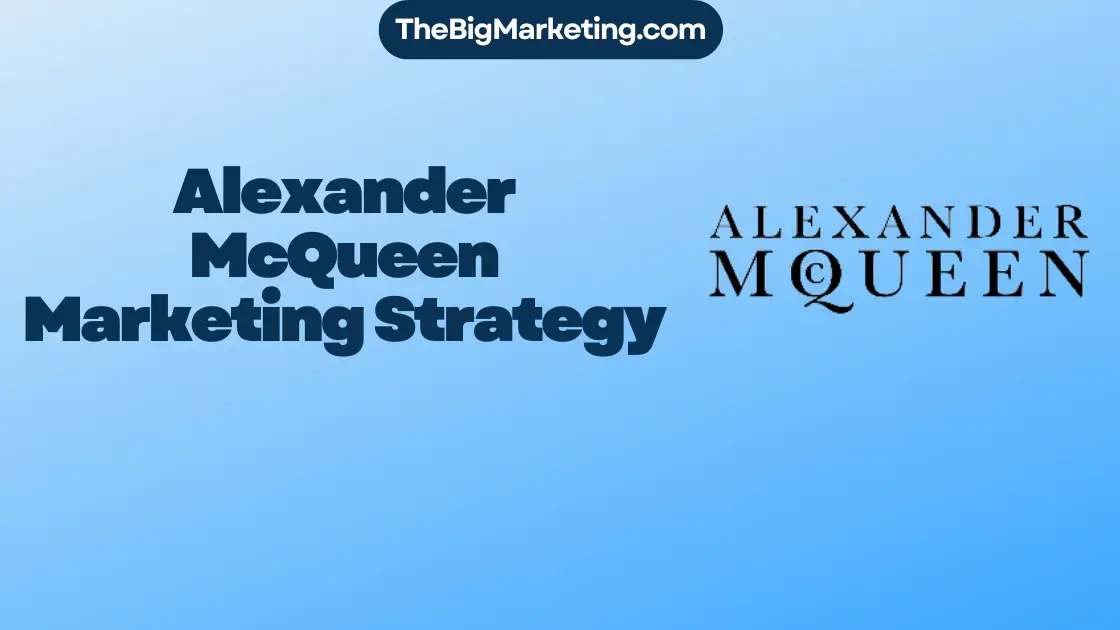A tagline is a powerful tool in marketing that can capture the essence of your business, brand, or product in just a few words. It is a concise and memorable statement that represents your brand’s values, positioning, and unique selling proposition. Taglines play a vital role in your overall marketing strategy, helping you stand out in a crowded marketplace and leaving a lasting impression on consumers.
Key Takeaways:
- A tagline is a brief and memorable statement associated with your brand that communicates your brand’s values and differentiates it from competitors.
- Taglines should be permanent and serve as a representation of your brand’s core identity.
- There are different types of taglines, including imperative, descriptive, specific, provocative, and superlative.
- Taglines are important in marketing as they grab consumers’ attention, create brand awareness, and communicate the benefits of your product or service.
- Crafting an effective tagline involves defining your brand’s identity and value proposition, brainstorming and refining multiple options, and gathering feedback from your team.
The Importance of Taglines in Marketing
Taglines play a crucial role in marketing by capturing consumers’ attention and creating a lasting impression. They are concise and memorable statements that communicate the benefits of your product or service, effectively differentiating your brand from competitors. A well-crafted and catchy tagline can make your brand more memorable, increase brand awareness, and leave a lasting impression on your target audience.
Creating a catchy tagline requires a strategic approach. It involves selecting words and phrases that resonate with your target audience and effectively communicate your unique value proposition. Your tagline should capture the essence of your brand and convey its core values and offerings in a concise and impactful manner.
A strong tagline not only enhances brand recognition but also establishes a connection with consumers. It serves as a powerful tool for reinforcing your brand’s position in the market and conveying the unique benefits your product or service offers. With the right tagline, you can pique consumers’ interest, generate curiosity, and entice them to learn more about your brand.
| Benefits of Taglines in Marketing |
|---|
| 1. Differentiates your brand from competitors |
| 2. Increases brand awareness and recognition |
| 3. Creates a lasting impression on consumers |
| 4. Commuicates the unique value proposition of your brand |
Types of Taglines and Their Examples
Taglines play a crucial role in capturing the essence of a brand and communicating its message to the audience. There are five main types of taglines that businesses use to create a memorable impact:
1. Imperative Taglines:
Imperative taglines use a commanding verb to encourage customers to take action. A classic example is Nike’s famous tagline, “Just Do It.” This tagline empowers individuals to push their limits and embrace an active lifestyle.
2. Descriptive Taglines:
Descriptive taglines summarize a business’s mission or vision in a memorable way. Target’s tagline, “Expect More. Pay Less.,” succinctly communicates their commitment to providing quality products at affordable prices.
3. Specific Taglines:
Specific taglines emphasize the unique features or benefits of a product or service. Volkswagen’s tagline, “Drivers Wanted,” not only captures the attention of potential buyers but also creates an emotional connection by highlighting the brand’s focus on creating a pleasurable driving experience.
4. Provocative Taglines:
Provocative taglines trigger a thought or association in the minds of consumers. The California Milk Processing Board’s tagline, “Got Milk?,” prompts individuals to consider the importance of having milk as part of their daily diet.
5. Superlative Taglines:
Superlative taglines award a place of honor to a brand’s product or service. An example is Coors’s tagline, “The King Of Beers,” which positions their product as the ultimate choice for beer lovers.
These tagline examples demonstrate the effectiveness of different strategies in capturing attention and conveying the brand’s values and offerings. Crafting an effective tagline requires aligning it with the brand’s identity and compellingly addressing the target audience.
Now that you understand the different types of taglines and their examples, let’s explore how to craft an effective tagline in the next section.
How to Craft an Effective Tagline
Creating an effective tagline is a crucial step in developing a strong brand identity and resonating with your target audience. By following these best practices for taglines in marketing, you can craft a compelling and memorable tagline that captures the essence of your brand.
Gather a Committee and Define Your Brand
Start by assembling a committee of individuals from your company who can provide valuable input and perspective. This diverse group can help ensure that your tagline reflects the core values, mission, and unique selling proposition of your brand. Define what you want customers to know about your brand within seconds of hearing your tagline. This will serve as the foundation for crafting an effective tagline.
Anchoring Your Brainstorming Sessions
When brainstorming tagline ideas, it’s important to anchor your sessions on your brand’s identity and values. Consider the emotions you want to evoke in your audience and the unique value proposition you offer. Incorporate these elements into your brainstorming process to generate tagline options that authentically represent your brand.
Generate Multiple Options and Gather Feedback
Create a list of multiple tagline options that capture the essence of your brand. Then, circulate these options among your team and other trusted individuals. Collect feedback on which taglines resonate most and align with your brand’s messaging and goals. This collaborative approach will help you identify the strongest tagline candidates.
Refine and Choose the Strongest Options
Based on the feedback you’ve gathered, refine your tagline options to make them even stronger. Consider the feedback and suggestions provided, and iterate on your taglines to improve their effectiveness. Narrow down your options to the strongest contenders and evaluate them against your brand’s objectives and target audience.
Showcase Your Chosen Tagline
Once you’ve chosen your tagline, it’s time to showcase it through various marketing channels. Incorporate your tagline into your website, social media profiles, advertising campaigns, and other brand touchpoints. Consistently using your tagline across different platforms will help establish brand consistency and reinforce your brand’s messaging in the minds of your audience.
| Best Practices for Crafting an Effective Tagline |
|---|
| Define your brand’s core values, mission, and unique selling proposition |
| Consider the emotions you want to evoke and your brand’s identity |
| Generate multiple tagline options and gather feedback |
| Refine your options based on feedback and choose the strongest tagline |
| Showcase your chosen tagline through various marketing channels |
The Difference Between Taglines and Slogans
Taglines and slogans play distinct roles in marketing strategies. While both serve to promote brands and products, they have different purposes and characteristics.
A tagline is a permanent statement that represents the overall brand. It is designed to communicate the brand’s values and differentiate it from competitors. Taglines are more focused on public relations and raising brand awareness in a long-term manner.
On the other hand, slogans are often specific to a marketing campaign and have an expiration date. They are more advertising-focused and aim to sell a particular product or concept within a specific time frame.
Taglines are typically shorter, consisting of seven words or less, while slogans can be longer, extending up to nine or ten words. The brevity of a tagline helps create a memorable and impactful statement that resonates with consumers.
Taglines are typically developed early in the brand strategy process or during rebranding, establishing a strong brand identity. They reflect the core values of the brand and create a foundation for marketing efforts. In contrast, slogans evolve and change more frequently to align with different campaigns and initiatives.
By understanding the difference between taglines and slogans, businesses can effectively leverage both to strengthen their brand identity, raise brand awareness, and drive sales.
Stay tuned for the next section, where we will explore the importance of a brand tagline for your company.
The Importance of a Brand Tagline for Your Company
A brand tagline plays a crucial role in shaping the identity of your company and effectively communicating your brand’s values and benefits to consumers. It serves as a concise and memorable statement that captures the essence of your brand and sets you apart from competitors. By crafting a well-defined tagline, you can drive attention, differentiate your brand, and increase brand awareness.
One of the key benefits of a brand tagline is its ability to create a connection with your target audience. A carefully crafted tagline can evoke emotions, resonate with your customers, and establish a sense of trust and familiarity. It helps consumers understand what your brand stands for and what sets you apart from others in the market.
Furthermore, a brand tagline acts as a powerful marketing tool by communicating the unique value and benefits of your products or services. It serves as a concise representation of your brand’s core offerings, making it easier for consumers to understand and remember what your brand offers.
Additionally, a brand tagline reinforces your brand’s core values and establishes a consistent identity across various marketing channels. It serves as a guiding principle that influences your brand’s messaging, visuals, and overall marketing strategy. This consistency helps build brand recognition and strengthens the overall brand perception in the minds of consumers.
With a well-crafted brand tagline, your company can leave a lasting impression on consumers, increase brand loyalty, and drive customer engagement. It helps consumers make informed decisions about supporting your company and encourages them to choose your products or services over alternatives.
Steps to Create a Powerful Brand Tagline
Creating a powerful brand tagline is a crucial aspect of your marketing strategy. A well-crafted tagline can effectively communicate your brand’s identity, values, and unique selling proposition. Follow these steps to create a tagline that captures the essence of your brand and captivates your target audience:
- Determine your brand identity: Start by defining your brand’s core principles, mission, and vision. Understand what sets your brand apart from competitors.
- State the value you provide: Identify the key value your business ensures for customers. Highlight what makes your products or services unique and valuable.
- Highlight uniqueness: Emphasize the distinctive features of your brand that set you apart from others in the market. Showcase what makes your brand special.
- Create a concise statement: Craft a concise tagline that incorporates all the important elements of your brand identity, value proposition, and uniqueness. Keep it short and impactful.
- Brainstorm and gather feedback: Engage your team in a brainstorming session to generate tagline ideas. Seek feedback from colleagues, partners, and even customers to gather diverse perspectives.
- Choose the most compelling tagline: Evaluate the tagline options based on their alignment with your brand identity, market appeal, and resonance with your target audience. Select the most compelling and meaningful tagline for your business.
Remember, your tagline should be memorable, concise, and aligned with your overall brand messaging. It should evoke emotions, capture attention, and leave a lasting impression on your audience. Take the time to refine and iterate until you have a powerful brand tagline that truly represents your business.
Examples of Catchy Brand Taglines
Taglines play a crucial role in capturing the essence of a brand and making it memorable. A catchy and memorable tagline can leave a lasting impression on consumers and differentiate a brand from its competitors. Here are some examples of catchy brand taglines that have successfully captured the attention of consumers:
- Sleep better – A mattress company
- Read on the go – An eBook company
- Bake memories – A baking food box subscription
- Recipes that merit sharing – An online food blog
- Be puzzled – A puzzle book company
- Run faster – A sneaker company
- Tell her with roses – A florist
- The speedy weedy cutter – A lawn service company
- Be more Pacific – A seafood restaurant
- Stick be gone – A goo removal company
These taglines demonstrate the power of concise and impactful messaging. They engage audiences, communicate the brand’s unique selling points, and create a memorable association with the products or services offered. Crafting a catchy tagline requires careful consideration of the brand’s values, target audience, and desired brand positioning. With the right tagline, a brand can stand out in a crowded marketplace and leave a lasting impression on consumers.
Conclusion
In conclusion, a tagline is a quick and memorable statement associated with your business or brand. It is used in marketing to effectively communicate your brand’s values and differentiate your business from competitors. Taglines come in various forms, such as imperative, descriptive, specific, provocative, or superlative, enabling you to express your brand’s personality and essence in a concise and impactful way.
Creating an effective tagline requires a thorough understanding of your brand’s identity and target audience. By defining your brand’s core values, mission, and unique selling proposition, you can craft a tagline that resonates with your customers. Generating multiple options, seeking input and feedback, and refining your choices will ensure a strong and memorable tagline.
Unlike slogans, which are temporary and campaign-specific, taglines are permanent brand statements that contribute significantly to your brand’s recognition, attention, and differentiation. They play a vital role in raising brand awareness and attracting new customers. By following the steps outlined in this article, you can create a powerful and memorable tagline that effectively represents your brand and helps drive your business forward.




